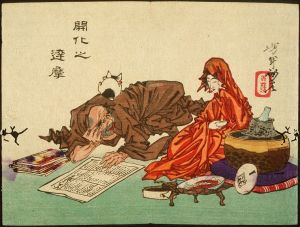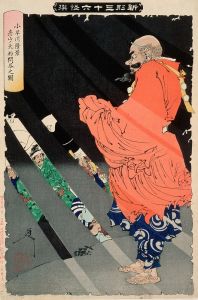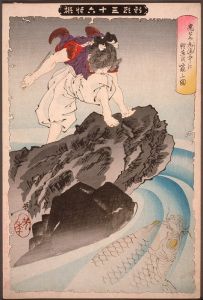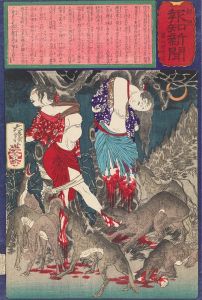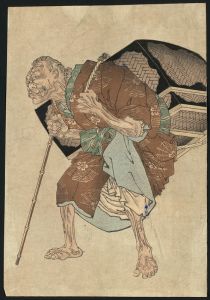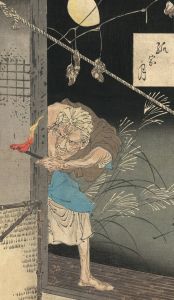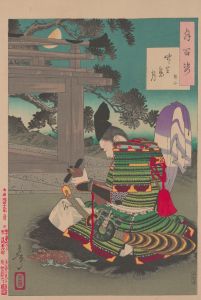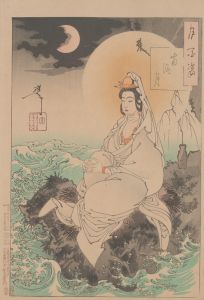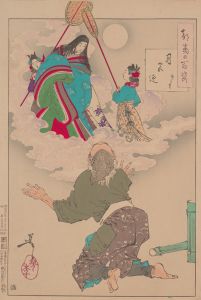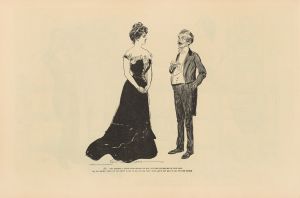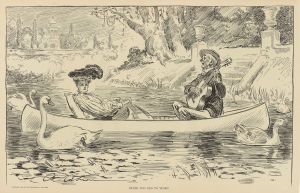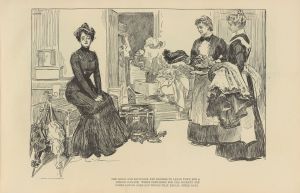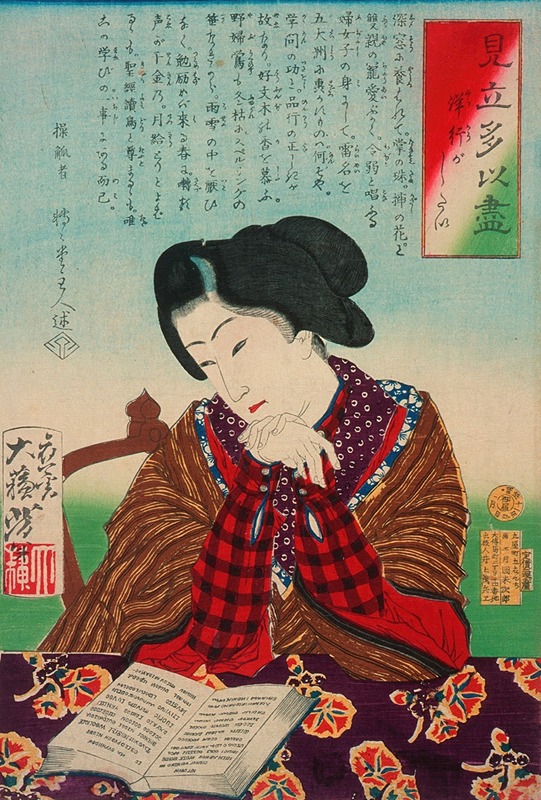
I Want to Go Abroad
A hand-painted replica of Tsukioka Yoshitoshi’s masterpiece I Want to Go Abroad, meticulously crafted by professional artists to capture the true essence of the original. Each piece is created with museum-quality canvas and rare mineral pigments, carefully painted by experienced artists with delicate brushstrokes and rich, layered colors to perfectly recreate the texture of the original artwork. Unlike machine-printed reproductions, this hand-painted version brings the painting to life, infused with the artist’s emotions and skill in every stroke. Whether for personal collection or home decoration, it instantly elevates the artistic atmosphere of any space.
Tsukioka Yoshitoshi (1839–1892) was a renowned Japanese artist known for his woodblock prints and his significant contributions to the ukiyo-e genre during the late Edo and early Meiji periods. One of his notable works is "I Want to Go Abroad," which reflects the cultural and historical context of Japan during the time of its creation.
"I Want to Go Abroad" is part of Yoshitoshi's series "A New Selection of Eastern Brocade Pictures" (Azuma nishiki ukiyo kôdan), which was produced in the 1880s. This series is known for its vivid storytelling and dynamic compositions, capturing the essence of Japan's transition from a feudal society to a modern state. Yoshitoshi's work during this period often depicted historical and legendary figures, as well as scenes from contemporary life, with a focus on the dramatic and the emotional.
The print "I Want to Go Abroad" is particularly significant as it reflects the curiosity and desire for exploration that characterized Japan during the Meiji Restoration. This era, beginning in 1868, marked a period of rapid modernization and Westernization in Japan, as the country opened its borders after more than two centuries of self-imposed isolation under the Tokugawa shogunate. The Meiji government actively encouraged learning from Western nations to strengthen Japan both technologically and militarily.
In this context, "I Want to Go Abroad" can be seen as a representation of the aspirations of many Japanese people who were eager to learn from the outside world and bring back knowledge and innovations to their homeland. The print captures the spirit of adventure and the willingness to embrace new ideas, which were prevalent among the Japanese intelligentsia and reformers of the time.
Yoshitoshi's artistic style in this work, as in many of his other prints, combines traditional Japanese techniques with influences from Western art, which he had been exposed to during the Meiji period. His use of bold lines, vibrant colors, and expressive figures demonstrates his mastery of the woodblock printing technique and his ability to convey complex emotions and narratives through his art.
The historical significance of "I Want to Go Abroad" lies in its reflection of a pivotal moment in Japanese history, where the nation was undergoing profound changes and looking outward for inspiration and growth. Yoshitoshi's work not only captures the zeitgeist of the Meiji era but also serves as a testament to the enduring appeal of ukiyo-e as a medium for storytelling and cultural expression.
Overall, Tsukioka Yoshitoshi's "I Want to Go Abroad" is a compelling piece that offers insight into the aspirations and transformations of Japan during the late 19th century. Through his art, Yoshitoshi provides a window into the hopes and dreams of a nation on the cusp of modernization, making this print an important cultural artifact from the Meiji period.






